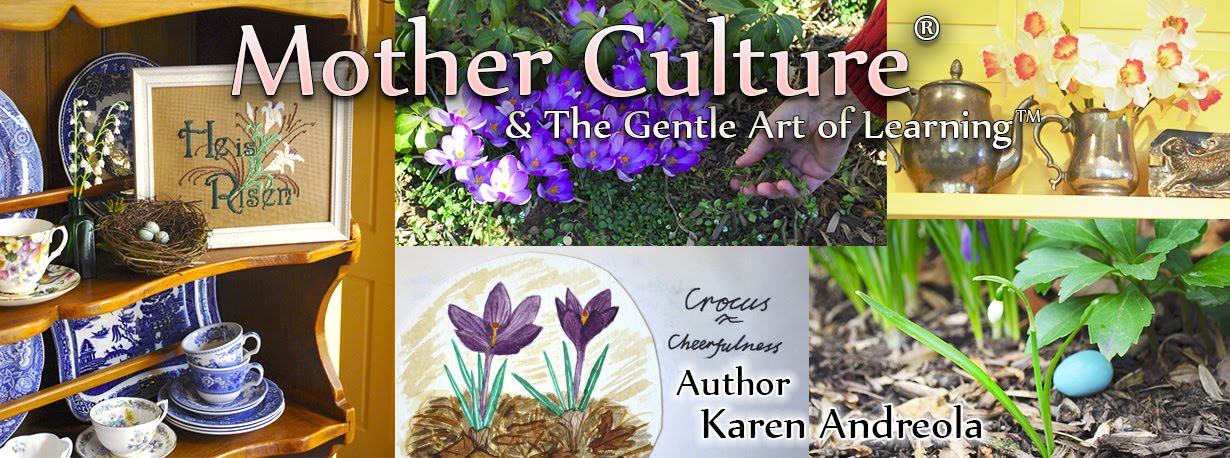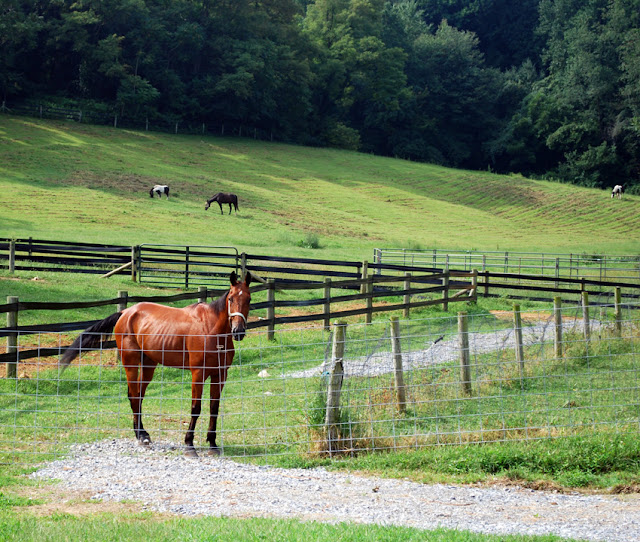Old-Fashioned Apple Butter
The apple on the teacher’s desk symbolizes the beginning of lessons for the school year in rural America.
This was my thought when I walked by an old apple tree that has stood beside a one-room schoolhouse in Landis Valley for, I wonder, how long. Recently, Dean bought us a year pass so we can walk among the nostalgic village of Landis Valley whenever we are up that way.
Some of today’s photographs were taken there. I hope the pictures bring you the same moments of peaceful repose that come to me when I look at them.
I’m sitting in the attic office/sewing room eating a juicy
sweet-tart Pennsylvania apple and getting the keys of my lap-top sticky. This
is one consequence of writing a post in September. It brings Little Women to mind, when Meg goes looking for Jo, who is
sitting in the quiet attic reading and eating a good supply of apples – one of Jo’s favorite pastimes. When
she turns the pages of her book does she make any applely thumbprints?
During the months of the slow and steady writing of my story, Lessons at Blackberry Inn, I had purchased a set of blue and white plates - off a remainders’ shelf – “Charles Wysocki Americana” by Nikko. One chilly evening, with supper roasting in the oven and the table set, I sat down at the table to get off my feet. In that idle moment of rest I stared down at a dinner plate. Its idyllic scene started me daydreaming – about the quaint but perpetually hardworking country life.
An orchard laden with apples, peers out from the background.
In the foreground – almost too tiny to see with glasses - is a semi-circle of
ladies in aprons probably peeling apples. Dominating the scene is a wooden barn
with a sign boasting “Delicious Homemade Apple Butter.”
In early America homemakers were busy preserving apples,
drying and canning them. For pioneers living far from any general store, apples
were often the only way to sweeten a meal – all winter – as table sugar was
dear. When a little sugar is added to the apple – flavor is enhanced – as in
the making of applesauce, apple pie, apple fritters, Dutch-oven
apple bread, and apple dumplings - all a common occurrence in domestic
productively.
Apple cider and apple butter were made in community. These social gatherings gave the participants more
than food storage. They kept up friendships and helped reduce loneliness. A
stay-at-home mom with young children can relate to a similar feeling of isolation.
I remember well.
The painting “Apple Butter Making” by Grandma Moses also
warmed up my imagination. It helped me write the chapter where my characters
take part in the apple butter festival in the village square of the little town
of Appleton. If you think Blackberry Inn
sounds corny – it is – but I hope you will also find the story encouraging to a
lifestyle of home learning. In Grandma Moses’ painting we get a glimpse of one
of a variety of activities from her 19th century childhood when work
was accompanied by play. In her autobiography, My Life’s History she wrote, “The apple butter was considered a
necessity.”
I provide a traditional recipe for making apple butter at the back of Blackberry Inn. Other recipes enable you to cook the same food my character Carol serves in the story. I’m typing out the short-cut version for apple butter for you here.
Karen A’s
Old Fashioned Apple Butter
4 cups of unsweetened applesauce
1 cup of apple cider
2/3 of a cup of root beer
Added to the finish:
A pinch of ground cloves, nutmeg and allspice
Two pinches of cinnamon
The root beer flavors and sweetens the recipe sufficiently so that no sugar is needed. This recipe makes one and a half cups.
To speed up the process you could boil the apple cider
rapidly for 30 minutes on the stove, to reduce it before adding it to the
Crock-Pot. I combined all the ingredients in the Crock-Pot at once the day I was expecting
overnight company, because I wanted to make a good start on the other cooking I
had to do that morning. I simmered the first 3 ingredients most of
the day on low heat, stirring now and again.
The way to tell when the apple butter is ready is to drop a
spoonful on the center of a saucer and tilt. If the butter is runny, it needs
more cooking time. When done, it should be thick and have taken on a rich dark
color.
 Twenty minutes before I remove the apple butter from the
Crock-Pot, I add my spices. I use all of the pumpkin pie spices but ginger. The
root beer I use is Virgil’s micro-brewed. It is flavored with anise and
wintergreen.
Twenty minutes before I remove the apple butter from the
Crock-Pot, I add my spices. I use all of the pumpkin pie spices but ginger. The
root beer I use is Virgil’s micro-brewed. It is flavored with anise and
wintergreen. Keep your jar of homemade apple butter in the refrigerator.
Until next time,
Karen Andreola



















